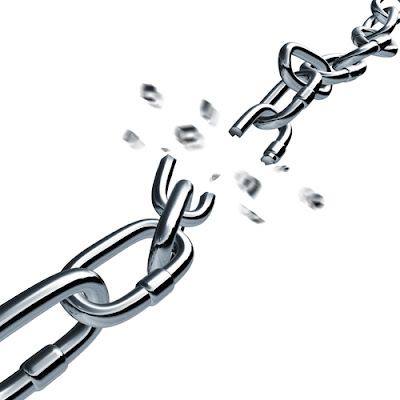
Uncertainty is the enemy of efficient supply chain operations, and it's also everywhere. This unresolved tension will always have an impact on sourcing and procurement strategies, as no company can afford to be caught without a fallback plan when an unexpected issue strikes, whether it takes the form of an environmental catastrophe, a technical problem or even a man-made disruption.
Effective risk management is therefore a must-have element for any modern procurement department. As today's sourcing organizations take on more duties and responsibilities, risk mitigation is one piece of the puzzle they can't forget about. This means coming to grips with a connected world that holds its share of unexpected events.
The state of risk
A recent global report by the Chartered Institute of Procurement & Supply declared that for the third quarter in a row, the amount of supply chain risk decreased in 2017's third quarter. The researchers urged readers not to assume that their findings mean there is a lack of uncertainty or danger around the world. The three quarters of decline follow the fourth quarter of 2016's all-time high rating.
The report pointed to specific places around the globe where issues have stabilized, with a new trade agreement between the European Union and Canada allowing the involved countries to trade multiple items tax-free and similar EU agreements in progress with Japan and Indonesia. Other European factors, including a new government taking power in Macedonia and a cessation of disruptive protesting in Albania, have also cut supply chain risk.
That said, there are still governmental factors that could throw a proverbial wrench into supply agreements. The CIPS named the U.S. as a generator of uncertainty, with the Trump administration potentially set to change American trade relationships. The many potential outcomes regarding this large economy are preventing the supply chain risk barometer from decreasing further.
CIPS Economist John Glen stated that the persistent risks haunting increasingly long and complex global supply chains are reason enough to keep alternative suppliers on call. Procurement departments that aren't ready to have their operations disrupted may fall behind better-prepared competitors during periods of increased strain.

Getting ready for those disruptive events may go wrong unless companies go about it the right way. Supply Chain Management Review contributor Mark Trowbridge explained the problems that take hold when companies assume a formulaic or overly structured approach to risk management. In these cases, policies created outside of sourcing limit executives' ability to succeed. Trowbridge stated that when risk mitigation evolves into a general "outsized fear of failure," organizations are in trouble. They may potentially pass up good new suppliers or give contracts to cumbersome but protected partners.
The right approach to limiting risk without weakening supply chain performance involves setting up innovative and optimized contracts. When organizations become good at performing assessments and establishing redundancy, they don't have to be locked into working with bloated companies that move slowly. From insurance and liability management to greater financial visibility, good supply practices help provide resiliency. Trowbridge suggested that when companies establish strategically sound risk management, they'll be better able to cope with circumstances up to and including events unforeseeable via data-based projections.


Post A Comment:
0 comments so far,add yours